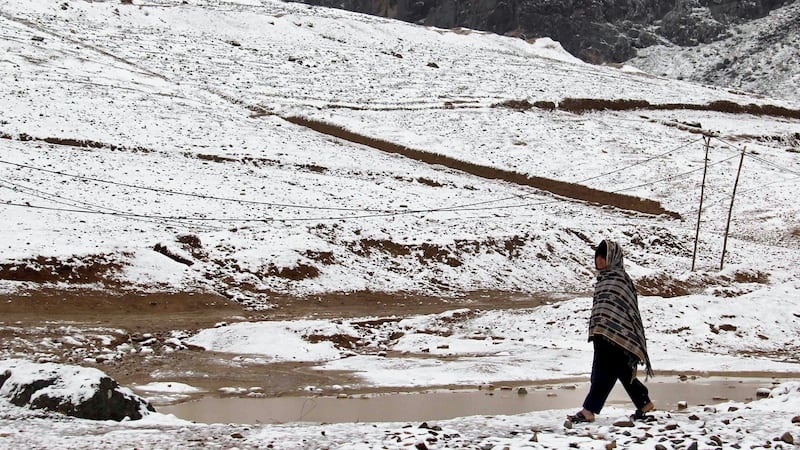Afghan officials were working on Monday to reach remote villages after avalanches and heavy snow killed at least 119 people across the country.
A storm dumped as much as two metres of snow on many areas of Afghanistan over the weekend, according to officials.
At least 119 people have died and 89 were injured in avalanches and by collapsed roofs and traffic accidents in 22 of Afghanistan’s 34 provinces over the past three days, said Wais Ahmad Barmak, minister for disaster management.

“There is a possibility that some people still could be trapped in some areas and we do not have information yet,” he said.
Among the hardest hit areas was Nuristan, a mountainous province on the eastern border with Pakistan.
An avalanche there on Sunday killed 63 people and injured 27, according to an official in the provincial governor’s office.
Rescue operations
The UN humanitarian co-ordinator, Mark Bowden, said the Afghan government was leading rescue operations in the country, but the UN “stands ready to fully support” the relief effort.
“With some areas difficult to access, it may take some time until a clear picture of the full extent of the damage is known,” the UN said in a statement.
Across the country, nearly 200 homes were destroyed and hundreds of livestock were killed, Mr Barmak said.
Many roads remained blocked, with clearance efforts expected to take “many days”, he said.
Snow is vital for Afghanistan, where most farmers rely on snow melting in the mountains to sustain crops in the spring and summer.
Reuters










